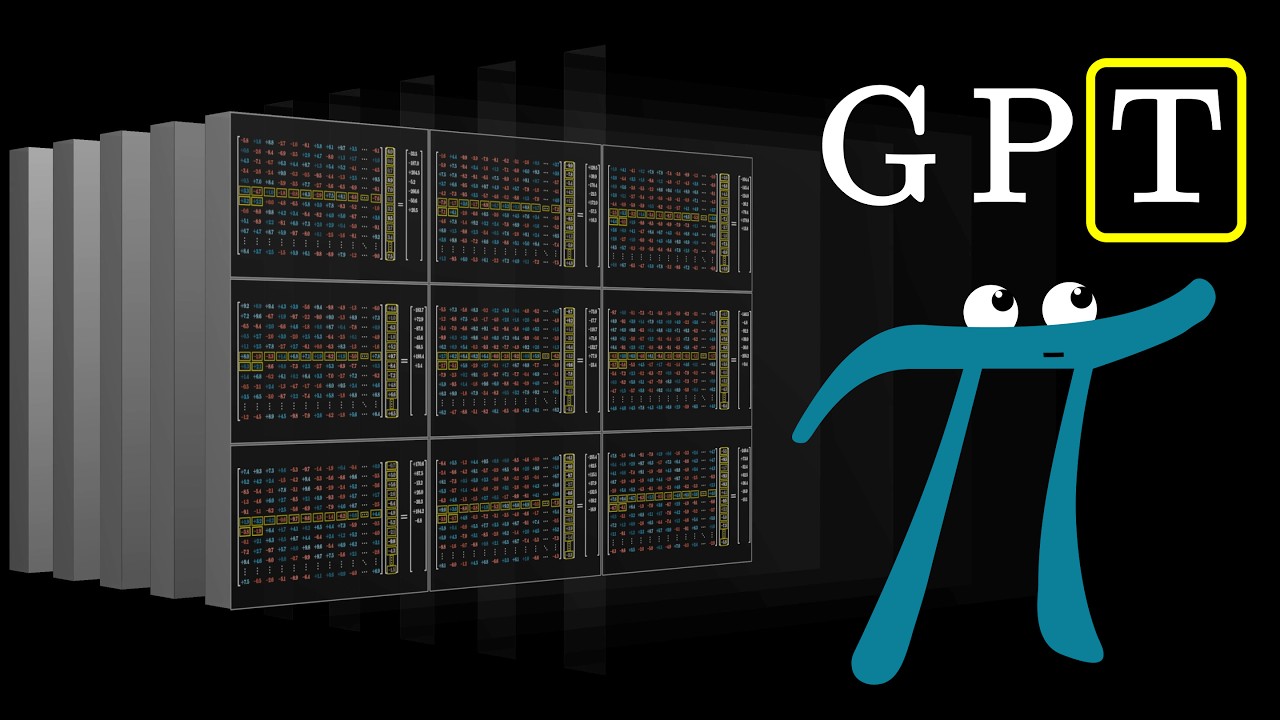The video introduces the concept of GPT (Generative Pretrained Transformer), a bot that generates text by learning from vast data through pretraining. It visually explains the inner workings of transformers, emphasizing their use in various tasks like language translation and image generation, and highlights the importance of understanding processes like word embeddings, softmax functions, and matrix multiplications in training transformers to improve predictive capabilities.
The video introduces the concept of GPT, which stands for Generative Pretrained Transformer. A GPT is a bot that generates new text by learning from a massive amount of data through a process of pretraining. The video aims to visually explain what happens inside a transformer, which is a type of neural network core to AI advancements. Transformers can be used for various tasks, such as translating text between languages, generating synthetic speech from text, and creating images from text descriptions.
The process of a transformer involves breaking input into tokens, associating them with vectors to encode their meanings, passing through attention blocks to allow vectors to communicate and update values based on context, and going through multi-layer perceptron blocks for further processing. The ultimate goal is to predict what comes next in a text passage by generating a probability distribution over possible text chunks. By repeatedly predicting and sampling, transformers can generate coherent stories or responses. The video emphasizes the importance of understanding the flow of data through a transformer, which primarily involves matrix multiplications based on learned weights.
Word embeddings play a crucial role in transformers, where words are converted into vectors that represent their meanings in a high-dimensional space. These embeddings allow the model to incorporate context and generate more nuanced predictions. The video also explains the process of turning a list of numbers into a probability distribution using the softmax function, which normalizes values to ensure they add up to 1 and represent valid probabilities. Additionally, the concept of temperature in the softmax function is introduced, affecting the diversity of predictions made by the model.
The training process of transformers involves learning the weights of various matrices, such as the embedding and unembedding matrices, to improve the model’s predictive capabilities. The video delves into the importance of understanding these matrices and their roles in the network. Lastly, the video sets the stage for the upcoming chapter on attention mechanisms, which are essential components in modern AI models like transformers. By building a strong foundation in word embeddings, softmax, dot products, and matrix multiplications, viewers can better grasp the intricacies of attention mechanisms and their significance in AI advancements.
